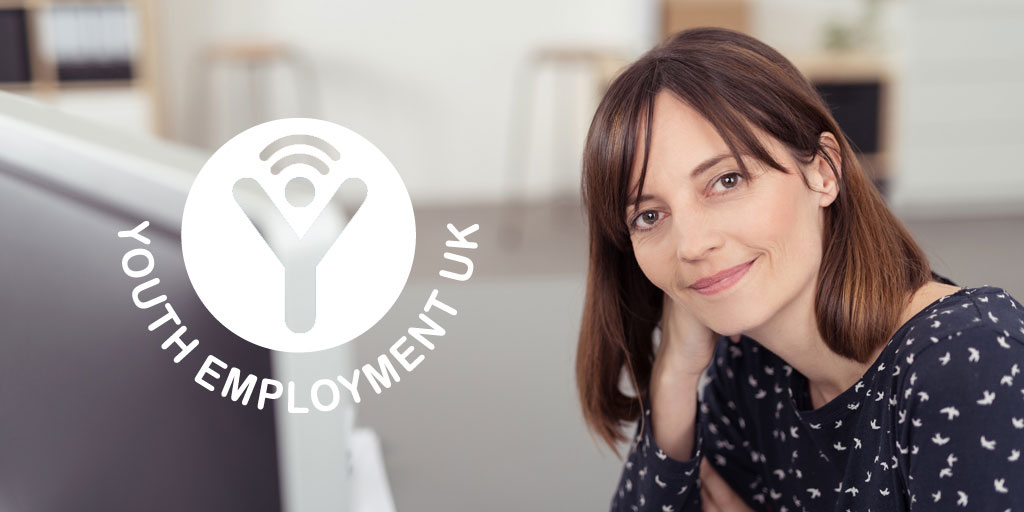Do you know what a typical working day in an office looks like? It can vary from industry to industry, but usually there are many things that each office working day has in common.
Here are a few things you can expect in a working day at the office.
Planning your day
The first thing you’ll do when you get in the office is set up your workspace and start planning your day. By checking your emails, calendar, and workload, you’ll be able to plan out what you need to complete in the day.
This is best practice for anybody, whether they work in an office or not, and most employers will expect you to be able to manage your own time like this.
Time blocking is a great way to prioritise and make time for your most important tasks – even Bill Gates does it!
Tip: Get the boring stuff you don’t want to do out of the way first while you’re being the most productive. That way, you won’t put it off by procrastinating and you’ll be able to keep on top of things.
Team meetings
At the start of the week, and maybe even each day, you’ll have a meeting with your whole team to check in and discuss what everybody is doing. Catching up on work with your team is essential because you won’t always be working on things alone and your work can impact others too.
You may find it useful to prepare before these meetings. They could be formal and professional in a special meeting room, or informal and relaxed in the break room or just sitting around everyone’s desks. However casual the meeting is, aim to feel comfortable enough to contribute, and focused enough to listen to others and think about what they are saying.
This is the same for any other meetings you could have throughout the day. You might also be meeting with clients from other companies. As a young person starting out in the world of work, a top way to make a great impression is to be on time and ready for the meeting.
We are all unique in how we approach work and social situations. If you have any special needs that employers need to know about to help you feel as prepared and comfortable as possible, tell your manager.
For example:
- If you struggle with writing and taking notes, ask if you can record meeting sessions or just listen carefully.
- If you find it easier to answer questions if you can prepare for them in advance, let your manager know, so that you won’t feel uncomfortable in meetings.
5 – 10 minute breaks
The most common working schedule is a 9am – 5pm day. You can’t spend all that time constantly looking at the computer screen or putting all your focus into your tasks. This can lead to eye strain or mental exhaustion, meaning you won’t be able to focus on things properly.
Taking short 5 or 10 minute breaks throughout the day and moving away from your computer screen will help you stay healthy and on track. It’s also great for your mental health to grab a drink and have a quick chat with your colleagues to get out of the ‘work mindset’ for a few minutes. If you feel more refreshed with some ‘alone’ time, you can go for a quick walk, or take a few private minutes to read or check your phone.
Lunch time with colleagues
You can usually have your lunch time whenever you want it, but most people have their lunch between 12pm – 1pm, halfway through their day. This means you’re likely to find other people in the lunch room too.
Sitting down to relax, eat and chat with others about stuff that isn’t work can be a great way to spend your lunch time. You might even venture out of the office with some work friends to grab a bite to eat at a local cafe.
Of course you don’t have to eat your lunch with colleagues if you don’t want to. Sometimes finding a quiet space to have some time to yourself or taking a walk by yourself is just what you need. Just make sure you move away from your desk and get a proper break – eating lunch at your desk while checking your emails doesn’t count!
Your work
This one may seem obvious but you’ll find time set aside to do your work. Most of your working day is likely to be filled with free time for you to complete your own tasks.
Check in with the priorities list you made at the start of the day and your daily plan to keep track of the progress you make and adjust any timelines.
Music and sound volumes at work
Every office is different, but often you are very welcome to listen to music while you work if that helps you relax and work too. Sometimes there is shared music for everyone in the office, e.g. via digital radio. Some offices have no shared music, but encourage people to listen to music privately via earbuds or headphones.
Some people can find office chatter overwhelming, and it’s absolutely fine to have noise cancelling headphones while you work if that helps you relax and focus. The key thing about music in the office is that it’s meant to help people enjoy their day, so if there’s a noise or music situation that doesn’t feel comfortable, let your manager know! They will take steps to make sure that the office is at a comfortable noise level for everyone, including you.
Getting your needs met at work
Many of us have different needs, and it is the responsibility of your place of work to make sure that you have a chair and working area that fits your needs. This could mean disability access, or an ergonomic (specially shaped) keyboard to reduce wrist strain, or a chair that can be adjusted to support your back. You can ask for low-light glare screens to reduce eye strain, or green overlays if you have dyslexia and find that green overlays help you process written information more easily.
Basically, if your manager knows what your needs are, they can look for solutions to help you work in comfort.
Checking emails and workload before you leave
We’ve already checked our emails and priorities at the start of the day, so why are we doing it again before we leave? Having a designated time for this each day will make sure that you don’t get distracted by constantly checking your emails for updates during the day.
You can do this whenever you think is best for you and your role, but first thing in the morning and last thing in the afternoon are the best times to schedule some planning time in. Using the last 30 minutes of your day to check in with yourself and your responsibilities, and respond to any emails, will allow you to wrap up your day.
By completing any conversations and making sure you know what the rest of your week’s work looks like, you’ll be less likely to take your work home with you. Getting everything out of the way before you leave means you can leave your job at the office and relax when you get home.








